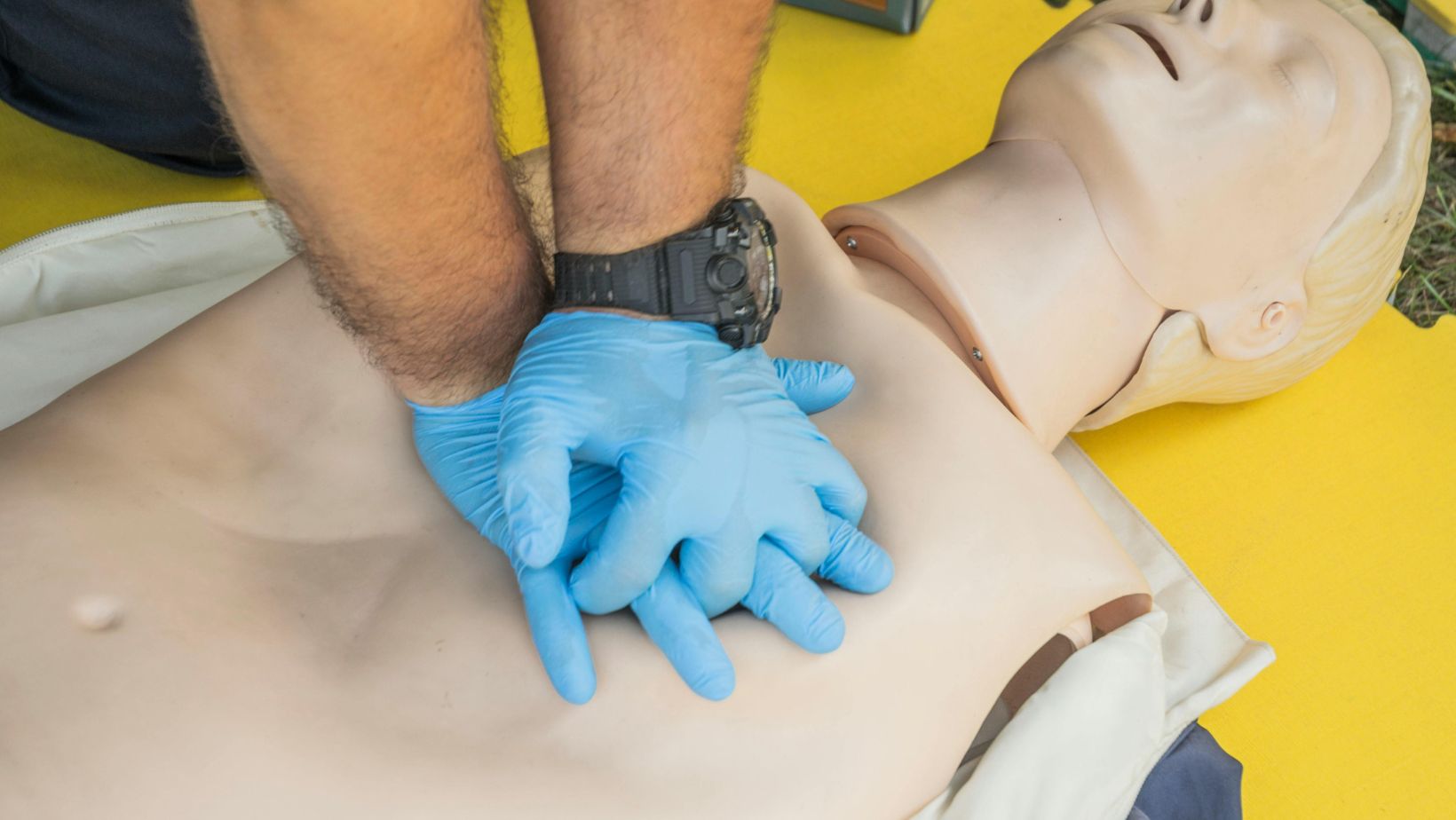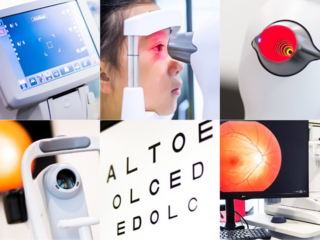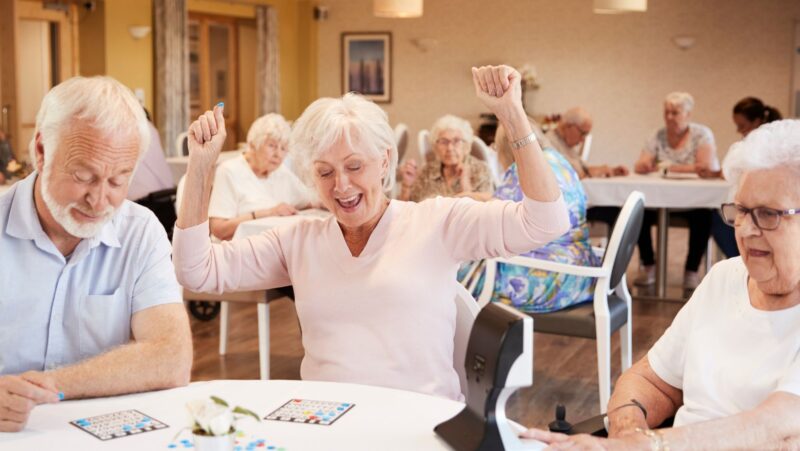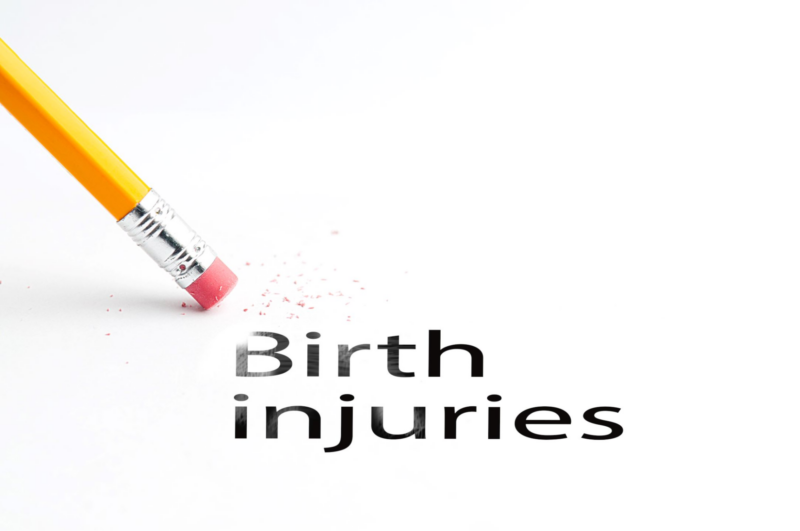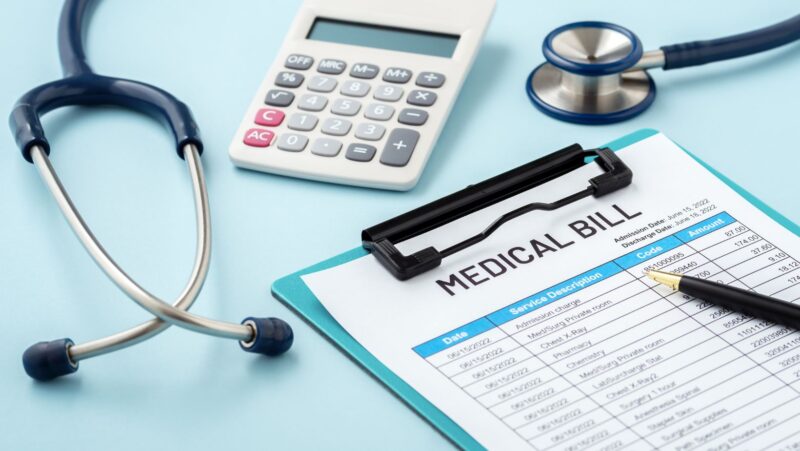
You are scrolling through Instagram when you see a video of a teenager saving his friend’s life on a basketball court using CPR. A few swipes later, a TikTok is showing how to do hands-only CPR to the beat of “Stayin’ Alive.” Feels like just another viral trend, right? But in reality, social media is turning everyday people into lifesavers.
Not long ago, CPR training was something you learned in a classroom or during a workplace safety drill. Now, it’s on your phone, quick tutorials, real-life survival stories, and challenges that make learning CPR easy and unforgettable. A simple 30-second reel could mean the difference between life and death. With over 5.56 billion social media users worldwide, platforms like Instagram, TikTok, and YouTube are making sure this life-saving skill reaches as many people as possible. But how exactly is social media changing the game? Let’s find out.
What Is The Role of Social Media in CPR Awareness?
Social media is not just for memes and trending challenges. It is also a powerful educator. What once required a classroom and an instructor is now accessible in bite-sized videos, interactive challenges, and real-life rescue stories, all at your fingertips. It helps in various ways, which are discussed as follows:
Quick and Easy Access to Information
Social media allows people to learn about CPR without attending physical classes. Short videos, live demonstrations, and interactive posts make it easy to understand CPR techniques. Platforms like TikTok and Instagram provide quick tutorials that explain how to perform chest compressions correctly.
Wider Reach
Traditional CPR training requires attending a class, but social media eliminates this barrier. Anyone with a smartphone can access CPR training materials. Many reputed organizations use social media to reach millions. Moreover, this ensures that even those in remote areas can learn CPR basics.
Real-Life Stories Create Impact
Many people learn about CPR through real-life stories shared on social media. Survivors often post about how CPR saved their lives, making others realize its importance. These stories encourage people to take CPR training seriously.
Live Training Sessions
Many organizations and healthcare professionals conduct live CPR training sessions on social media. These sessions allow people to ask questions and clarify doubts in real-time. Watching a live demonstration helps people understand the correct method to perform CPR.
Popular Social Media Platforms Spreading CPR Awareness
A CPR video on TikTok might grab your attention with a trending song, while a YouTube tutorial walks you through every step in detail. On Instagram, a powerful survivor story can make you realize just how crucial these skills are. Each platform plays a different role, some make learning quick and engaging, others dive deep into technique. Let’s explore how they are spreading awareness in unique ways:
YouTube
YouTube is one of the best platforms for learning CPR. Many healthcare organizations upload detailed CPR training videos. Viewers can watch, pause, and practice along with the videos. Some videos also include animated demonstrations, which makes the learning process easier.
Facebook and Instagram
Facebook and Instagram spread CPR awareness through posts, stories, and live sessions. Hospitals and medical professionals often share CPR tips, making them easy to access. Short Instagram Reels and Facebook videos highlight key CPR techniques, making learning quick and convenient.
TikTok
TikTok is a powerful platform for CPR education. Short, engaging videos show step-by-step CPR instructions. Many influencers use creative methods like music and challenges to make CPR training more interesting. Some videos even use popular songs to teach the correct rhythm for chest compressions.
Twitter (X)
Twitter helps increase CPR awareness by sharing important updates, infographics, and quick facts.
Medical organizations post reminders about CPR training courses, which help the public be informed. Hashtags like #CPRSavesLives and #LearnCPR help spread awareness.
How Are Healthcare Organizations Promoting CPR on Social Media?
Healthcare experts and organizations help spread CPR awareness through social media. Moreover, they use different methods to educate people about the importance of CPR training. Here are some of the roles that healthcare organizations play in promoting CPR on social media:
Sharing CPR Training Videos
Medical experts post step-by-step CPR training videos on social media. These videos show how to perform chest compressions correctly, making learning easy for everyone.
Promoting Hands-Only CPR
Many healthcare professionals use social media to explain Hands-on CPR. Moreover, this simple method focuses on chest compressions without mouth-to-mouth resuscitation, making it easier for people to help in emergencies.
Conducting Live Training Sessions
Live sessions on social media allow experts to demonstrate CPR techniques in real time. Viewers can ask questions and learn directly from trained professionals.
Encouraging CPR Certification
Many healthcare experts use social media to inform people about CPR training programs. Additionally, they guide people on where and how to get proper certification.
Sharing Success Stories
Stories of people who survived because of CPR inspire others to learn the skill. These real-life experiences highlight the importance of knowing how to act during emergencies.
The Impact of Social Media CPR Awareness Campaigns
Social media campaigns have played a huge role in increasing CPR awareness. Millions of people now understand the importance of learning CPR through educational posts, real-life stories, and interactive content. Moreover, these campaigns have made CPR training more accessible and encouraged people to take action in emergencies.
More People Are Learning CPR
Social media posts, videos, and live sessions have motivated many to learn CPR. People can watch step-by-step guides and practice at home. Some online platforms also offer free CPR training, which makes it easier for anyone to gain this life-saving skill without attending physical classes.
Faster Emergency Response
With increased CPR awareness, more bystanders are willing to step in and help during medical emergencies. Knowing CPR allows them to respond immediately before emergency services arrive, which increases the chances of survival for someone experiencing cardiac arrest.
CPR Training Becomes a Trend
Social media has turned CPR training into a popular trend. Viral challenges, awareness campaigns and engaging content encourage people to participate. Hashtags, short videos and interactive quizzes make CPR education more appealing to a broader audience.
Increased Awareness Among Young People
Social media reaches a younger audience, many of whom might not have considered learning CPR before. Platforms like TikTok and Instagram make CPR training more engaging through short videos, music-based tutorials and influencer-led awareness campaigns.
Encouraging Workplace CPR Training
Businesses and organizations are using social media to promote CPR training among employees. Many companies now share posts about the importance of CPR certification, which leads to an increase in workplace training programs and better preparedness in case of emergencies.
Community Involvement in CPR Training
Social media has helped communities come together for CPR awareness events. Local groups and healthcare professionals organize free training sessions and share updates online. Additionally, this has strengthened community efforts to ensure more people are trained in life-saving techniques.
4 Smart Ways to Make People Learn CPR Through Social Media
CPR awareness is growing online, but there’s still room to reach more people. The challenge is making life-saving skills as shareable as the latest trend.
More efforts can be made to increase CPR awareness through social media. So here are 4 ways to encourage more people to learn CPR:
Collaboration with Influencers
Healthcare professionals can work with social media influencers to promote CPR training. Moreover, influencers have a strong connection with their followers and can encourage them to learn this life-saving skill.
Interactive Learning Tools
Augmented reality (AR) and virtual reality (VR) can make online CPR training more effective. Moreover, these tools allow users to practice CPR techniques in a digital environment, which can help enhance their skills.
More Certification Programs Online
Social media platforms can offer certified CPR courses. This will allow more people to get trained without attending physical classes.
Engaging Challenges and Campaigns
Creating CPR-related challenges, quizzes, or campaigns on social media can attract more people. A viral challenge, such as practicing chest compressions to the beat of a song, can make CPR training more engaging and widespread.
Leverage Social Media to Spread Awareness About CPR Training
Social media has become a great tool in spreading awareness about CPR training. Platforms like YouTube, Instagram, TikTok and Facebook help educate millions through videos, live sessions and real-life stories. Moreover, healthcare organizations, hospitals and influencers are promoting CPR knowledge. Although misinformation exists, following trusted sources can ensure accurate learning.
Social media campaigns have encouraged more people to learn CPR, which leads to faster emergency responses and saves lives. With continuous efforts, social media can further increase CPR training accessibility which ensures that more people are prepared to act in life-threatening situations.
References:


